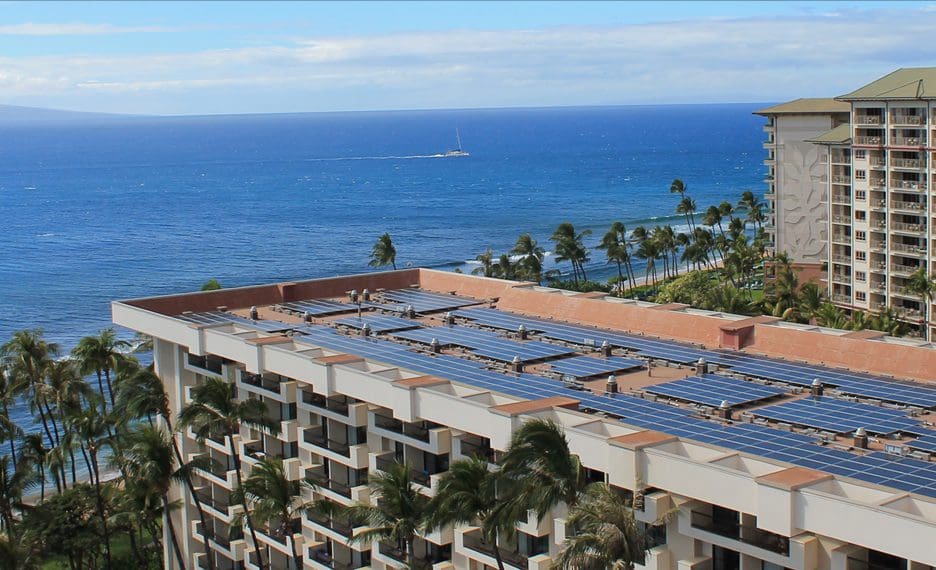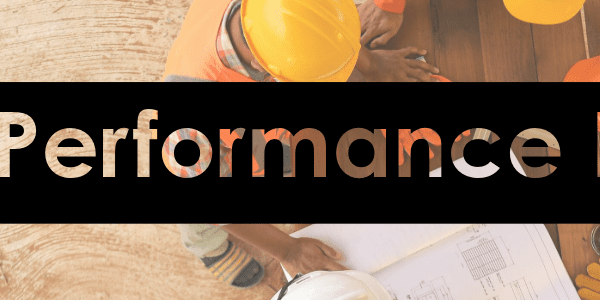Tourism’s Impact on Sustainability in Hawaii

As the most populated and physically distant chain of islands anywhere in the world, Hawaii has become the worldwide testing ground for sustainability initiatives.

Published August 24, 2021
Taking on the Challenge of Sustainability
The issues the islands of Hawaii face are a magnified microcosm of the sustainability issues the rest of the world faces on a global level. So, it’s no surprise that the world watches closely as Hawaii experiments on sustainability in the middle of the Pacific Ocean.
Economics vs. Sustainability
Tourism fuels the economy of the Hawaii Island chain. Because of its tremendous impact, both economically and environmentally, it is a critical industry to have a direct focus on sustainability to demonstrate how to lessen its impact on the environment while helping tourism in Hawaii thrive. If the tourist industry directs its attention to the five major aspects of sustainability: energy, water, waste, social responsibility, and local food production, there should be a smoother transition into maintaining a healthier environment as well as a more productive and economically beneficial situation for this very unique space in the world.

The Hyatt Regency Sets the Standard in Innovative Upgrades
The Hyatt Regency Maui Resort and Spa is showcasing the opportunities of sustainability in Hawaii and inspiring change throughout the world, proving that sustainability not only protects the environment but also has economic and social benefits. The progressive changes that the resort has undertaken have benefitted in reducing fossil fuel energy use, water efficiency, waste diversion, cultural understanding, local food production, all while increasing the resort's occupancy and reducing the overhead cost of operations.
Major Strides in Energy Conservation
In the last 15 years, the Hyatt Regency Maui has seen a 40% energy use reduction through significant energy-efficiency retrofits. Changes included:
- LED lighting retrofits throughout the entire resort.
- Heat exchange technology for water heating at the pool and domestic water use.
- High-efficiency chiller replacement.
- Fan coil unit-variable frequency drive fans in every room.
- Building automation system optimization.
This energy use reduction has avoided almost 4,000 metric tons of CO2e – the equivalent of 10,000,000 miles driven in an average American car. With one of the largest rooftop PV installations in the state, the Hyatt Regency is producing more than 5% of its energy through onsite renewable energy. This may not sound like much, but considering the facility houses and employs over 6,000 people per month, it significantly impacts the local energy production and distribution systems.

Hyatt Regency Maui Resort and Spa PV Installation
Reducing Water Consumption
Indoor water use was reduced by over 50% in the last 15 years through high-efficiency pool filtration, water fixture efficiency, and lower service industry water use. The benefits of potable water use reduction help avoid taking away from the aquafer of the island. The resort has also used reclaimed water for irrigation use to avert millions of gallons of potable water every year.
Waste Not, Want Not
In an effort to reduce waste going to the landfill, Hyatt Regency Maui started a program that allowed pig farmers to come to the resort to pick up food waste. The resort paid the farmers to pick up the food waste to avoid hauling costs from the landfill and to incentivize the farmers into the program. This food waste went to the pigs, which were later brought back to the resort to be roasted for the luau’s to feed the guests.
A Local Blueprint for Sustainable Change Worldwide
Through all of these initiatives, Hyatt Regency Maui has achieved some of the highest occupancy levels in all of the resorts on Maui and possibly in the state of Hawaii. It has the largest number of guest rooms throughout Maui and the most guests visiting per month. Sustainability doesn’t just mean saving the environment, but it also means economic and social sustainability for international corporations and small organizations worldwide.
Hyatt Regency Maui has proved that there are far more benefits to being environmentally and socially responsible than being a “green” organization. It increases the human experience, cultural understanding, and environmental impact that can be achieved by making environmentally, socially, and fiscally responsible decisions.
Interested in Learning More About Sustainability in Hawaii?
Contact Energy Efficiency Specialist, Austin Van Heusen, of EnergyLogic's Green Building Hawaii division.








